One of the biggest rumors we’ve heard about the iPhone SE 4 is that it could be the very first phone to come with Apple’s new 5G modem. Apparently this will kickstart a three-year rollout in which the modem will make its way to other Apple devices, including iPads, other iPhones and possibly MacBooks.
According to reports, this initial modem may not be as powerful as the Qualcomm-built ones found in current iPhones, but that doesn’t bother me too much. The Apple-made modem might face some growing pains, but the best place to work through them is with the cheapest iPhone.
Teething issues in a flagship iPhone are problematic, because of how much they cost. That's less of a concern with the iPhone SE, the least expensive iPhone that Apple currently makes.
iPhone SE is cheap, so it can afford to suck a little bit
Remember back when the iPhone 12 launched, marking the first time any iPhone offered 5G? It was not exactly seamless at launch, and there were countless issues associated with the new cellular connection.
Battery life was a big one, with the 5G iPhone 12 only recording an 8 hour and 25 minute battery life in our testing. Limiting the phone to a 4G connection boosted that time to 10 hours and 24 minutes, though that still was a little behind the iPhone 11’s battery test result of 11 hours and 16 minutes. On top of that, network testing showed that some 5G connections were actually slower than 4G, defeating the purpose of the change.
The iPhone 12 cost $799 when it debuted, and for that kind of money you’d expect that any upgrades are actually upgrades, not changes that make the phone worse. While we still don’t know how much the iPhone SE 4 will cost, the iPhone SE 2022 costs $429, almost half the price of the least-expensive flagship iPhone.
The iPhone SE's lower price comes with some compromises and caveats, so users are already going in with the knowledge that they are not getting a premium iPhone experience. In other words, because the price is much lower, the phone can afford to suck a little bit.
As long as people still get a proper iPhone experience, the iPhone SE doesn’t need to be industry-leading or absolutely flawless. And that gives Apple a little bit of a buffer to test out new things, and work out any issues that would be seen as an absolute disaster if they happened later in the year when the iPhone 17 and iPhone 17 Pro arrived.
Apple’s 5G modem is likely to have problems initially
Over the years it’s become very clear that Apple is a company that prefers to do things its own way, and that includes making its own components rather than relying on those made by third parties. While Android phones use off-the-shelf Gorilla Glass in displays or buy CPU and GPUs from Qualcomm or MediaTek, Apple has taken it upon itself to do as much as it can in-house — and to reasonable success.
Not everything has been brought under the Apple umbrella, though. Camera sensors are still provided by Sony, while display duties fall to either Samsung or LG. 5G modems are another example, with Qualcomm holding a contract to provide iPhone modems until at least March 2027. This is despite the rather high-profile rumors that Apple wanted out from the partnership, with the goal of developing its own 5G modem.
The problem is that Apple has reportedly struggled to develop that modem with satisfactory results, with prototypes apparently failing to outperform the ones Apple gets from Qualcomm. Last year we even heard a report claiming Apple had canceled its plans to develop a 5G modem due to a variety of mitigating factors. That’s changed in the months since, but the reports still claim the Apple modem won’t be able to outperform Qualcomm’s efforts with the modem set to debut on board the iPhone SE.
Knowing all that, it’s clear why Apple wouldn’t want the modem to debut on iPhone 16 or iPhone 17. Even if the modem performs flawlessly, the fact that it can’t outpace Qualcomm means that any iPhone with the new modem would be at something of a disadvantage. Even if 90% of people wouldn’t notice, the issues would be discovered and that’s not the kind of attention Apple would want for its flagships.
The iPhone SE 4 would be a totally different story. It’s got the cheap excuse, which means Apple can handle any minor teething problems that may arise without angering a huge portion of its customer base. Considering Apple makes most of its money from the iPhone, the last thing it wants is to drive people away with shoddy engineering.
You also have to remember that every single model will come with a 5G modem — which wouldn’t be the case with an iPad. So there should be a much larger group of people that could encounter problems. Engineers can only test so much in the lab, and the more people who can report back to HQ, the more feedback there is to refine future versions of the Apple modem.
Bottom line
While everyone likes to think that the flagship iPhone is where all the advancements come from, that doesn’t necessarily have to be the case. The iPhone SE may not be top-of-the-range, but it’s that position that makes it the perfect device for Apple to experiment with new things.
The modem is the most obvious example right now, but it could also apply to other stuff as well. Display glass, different varieties of battery, new internal structuring, and things of that nature. Nothing too flashy or advanced, because you still want people buying flagships, but stuff that is mostly inconsequential to the user even if it's important for Apple’s ongoing plans.
More from Tom's Guide
- iOS 18.2 lets you type to Siri — these are the 7 commands to try first
- iPhone 18 Pro tipped for big price hike in 2026 — here's why
- iPhone 17 Pro rumor points to a big design change — and I think it's garbage
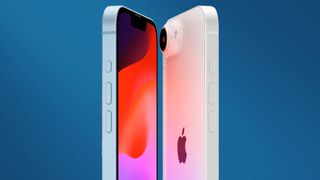

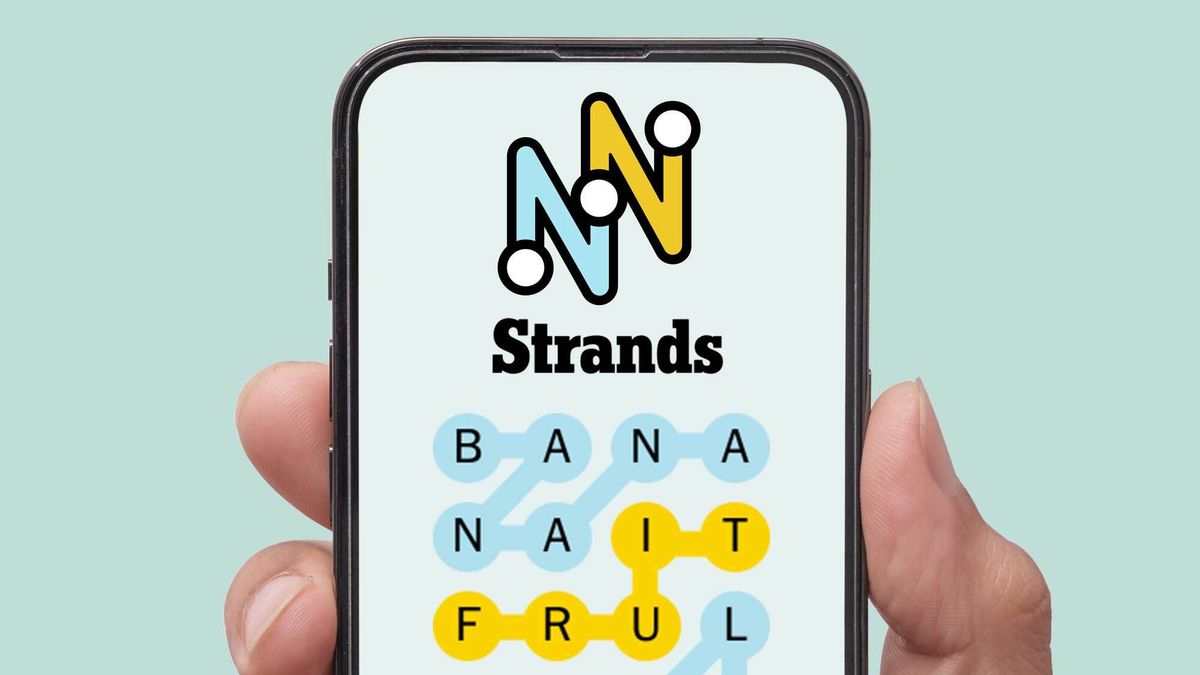


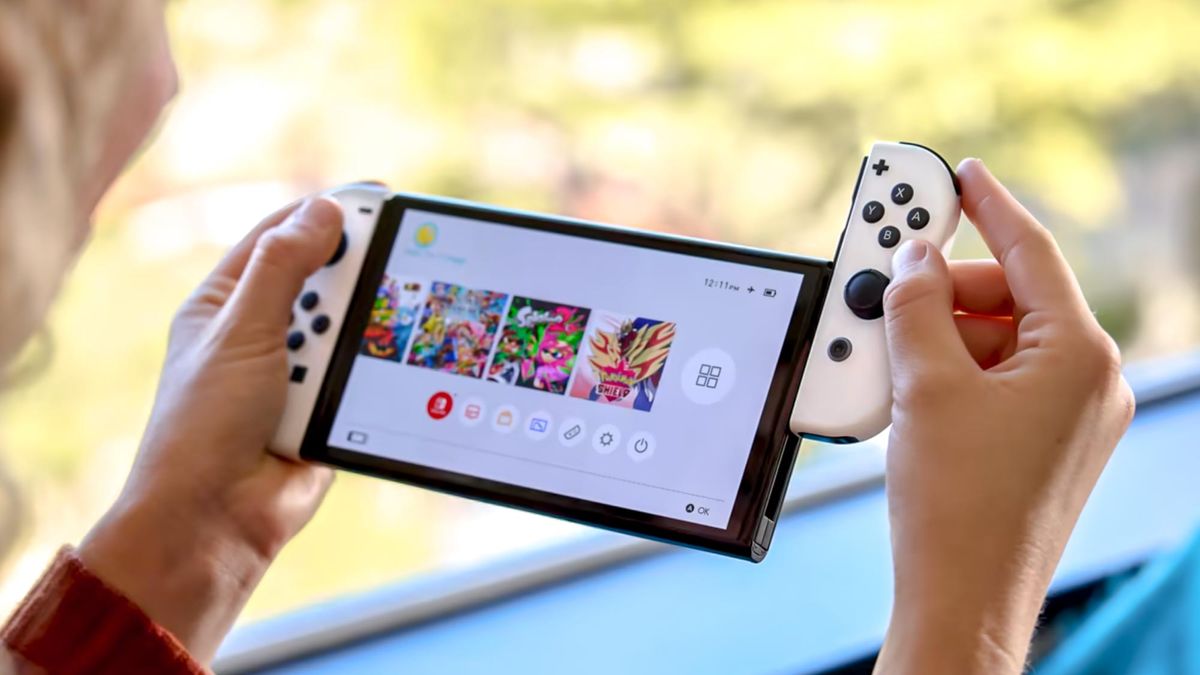

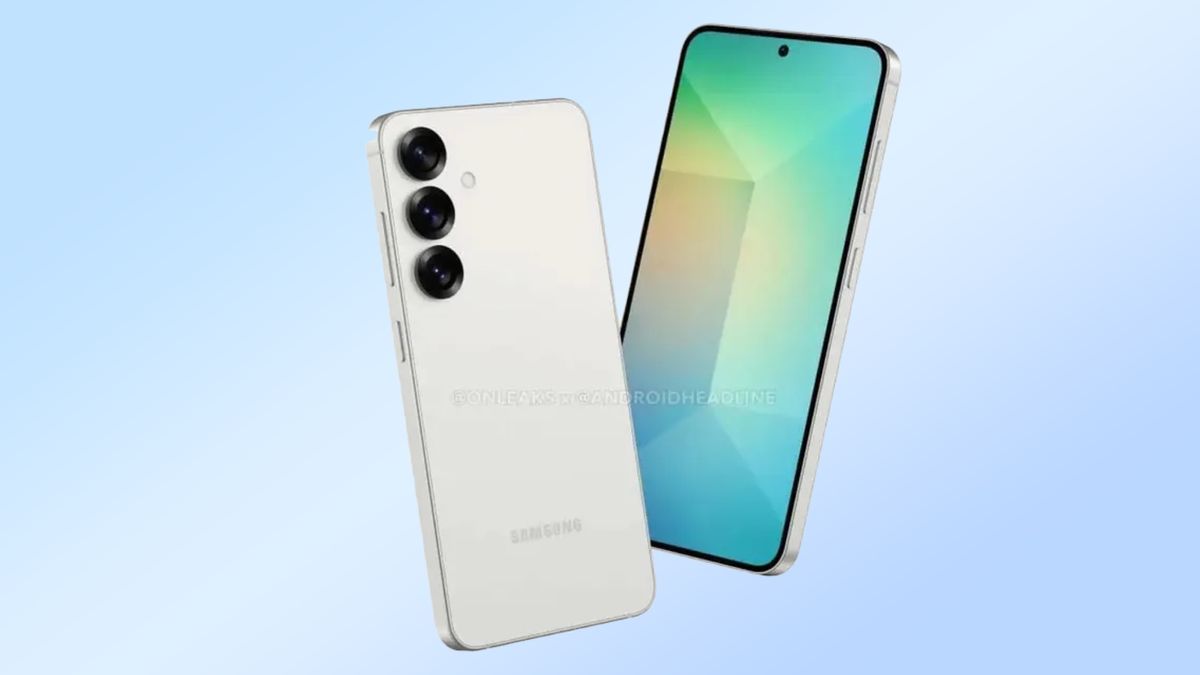
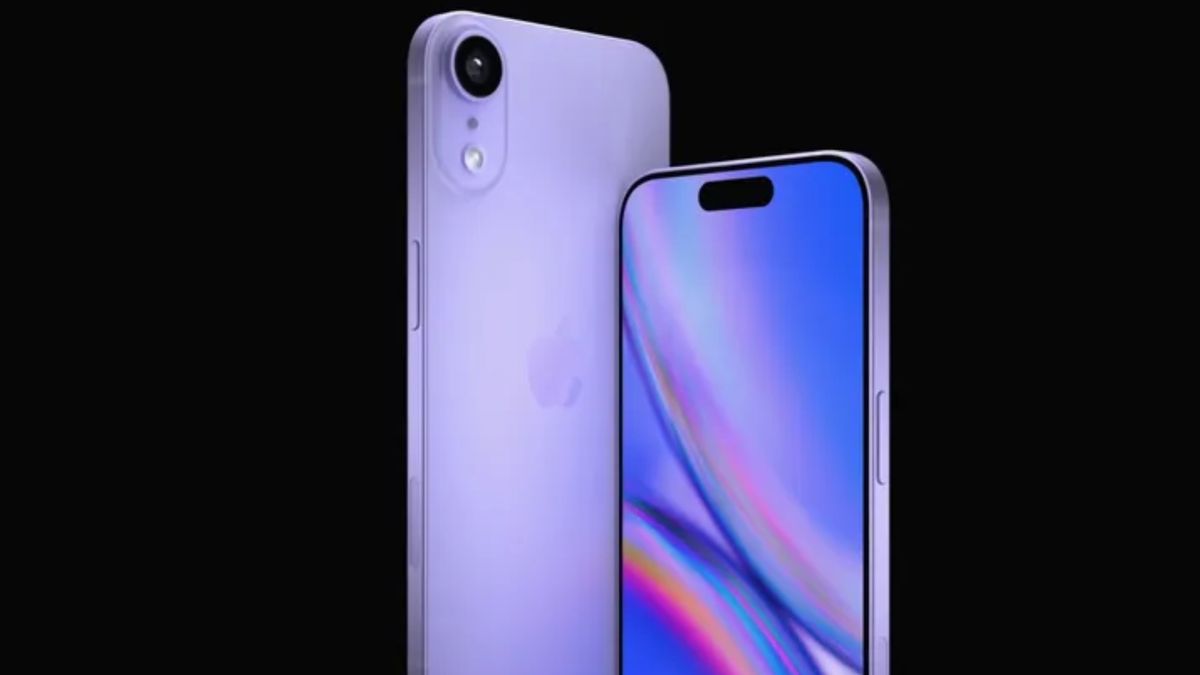
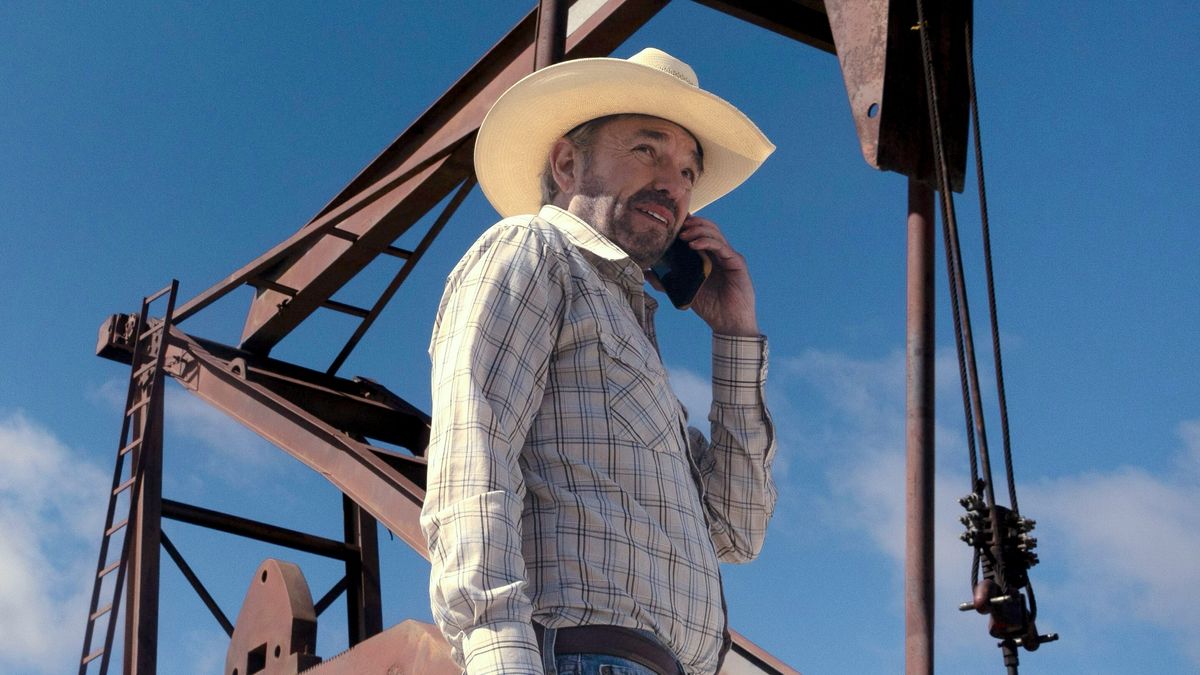


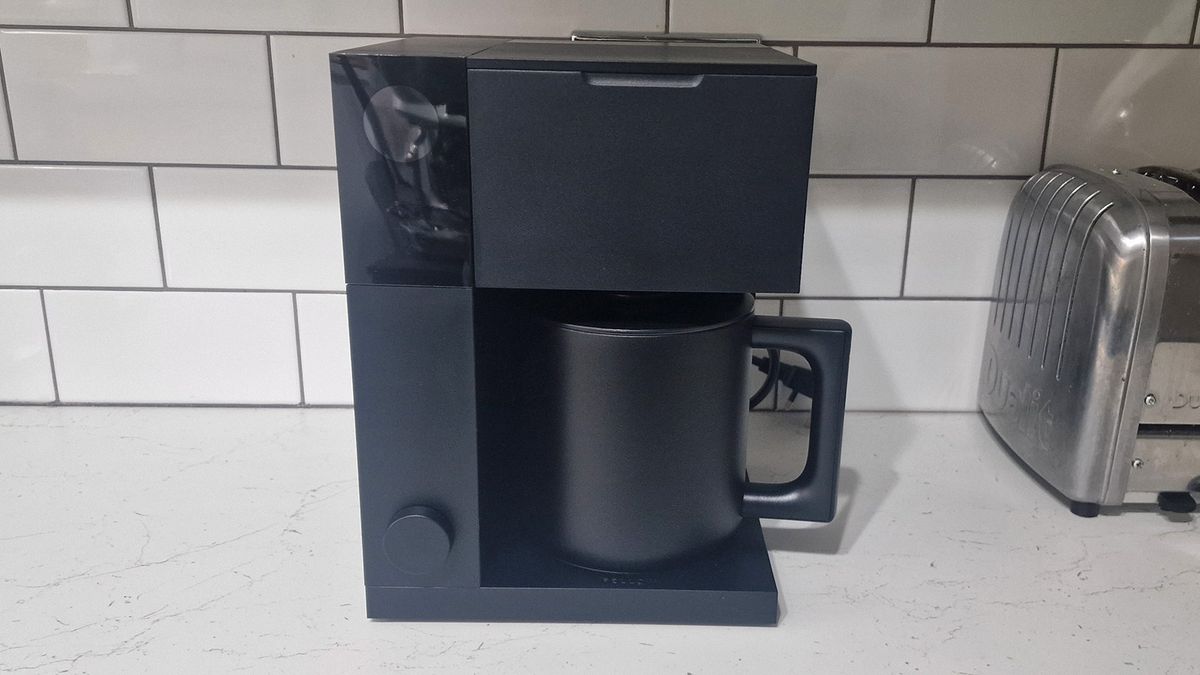








 English (US) ·
English (US) ·